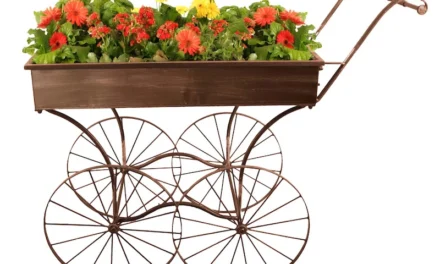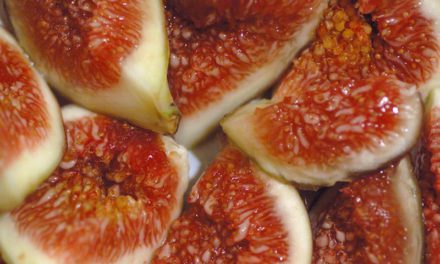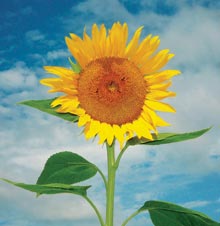Pests in the garden are certainly problems. Weeds are wildflowers in the wrong place, according to some, but they have adapted over the centuries to adversity and poor soil. In rich garden soil they can thrive! At best they compete with your fancy posies for space, water, and nutrients.
Hand weeding is effective for some weeds, while blowtorches or land mines would hardly faze others. I like to take an integrated approach to weeding. It is best if you can remove all parts of the weed, if possible, before it has a chance to go to seed. However, some of the little darlings have roots, bulbs, and rhizomes that go to the South Pole. A very thick layer of mulch may be helpful. If you are using a non-selective herbicide, always protect other plants with some kind of barrier, don’t spray if there is any breeze at all, and always follow the directions for use on the label.
Other pests that attack gardens and ornamental plants may be animals – including insects, mammals, and arthropods. While attracting wildlife is a goal of many gardeners, there are some types of wildlife that can do definite harm to plants, and those we would rather discourage. A small population of aphids can be controlled by soapy water spray, beneficial insects or birds. By providing water and cover near the garden, many harmful soft-bodied insects, mites and caterpillars will be eaten by birds. Beneficial insects like ladybugs and assassin bugs also prey on many thousands of injurious bugs, larvae and eggs. When using pruning tools at the right time we remove heavy infestations and protect crops safely.
Finally diseases are a problem to plants that are stressed. Environmental stress such as too much or too little water, compacted poor soils, sun/shade tolerance, or extreme temperatures can foster plant disease. The plant disease triangle has three components. First there must be a disease present in sufficient quantity to cause a disease. Second there must be a susceptible host present, and the third requirement is a favorable environment. Fungal diseases can be spread in moist and wet soils and on leaf surfaces. Wounds on stems or other plant parts can offer an entryway for spores, bacteria and viruses to enter the plant’s tissues. Insects may also vector diseases with their mouth parts as they feed on plants or pierce the stems and twigs to lay their eggs.
Healthy plants are more likely to resist insects and diseases. Be sure what the problem is before spraying an affected plant. Ask yourself, “Am I sure this is an insect problem, a fungus or whatever?” If you aren’t sure, ask an expert, get out your magnifying glass, but don’t assume. Remove infected parts, clean up the mulch underneath. Using clean sharp tools is essential, because plant problems can be spread by poor sanitation. You wouldn’t like it if your surgeon cut on you without washing his or her hands, or used a knife that wasn’t sterile.
Clemson Home and Garden Information Center has great fact sheets on plant pests and disease. You can also bring in samples of plant problems to one of the Clemson Extension Service Centers with a check for $10 for an analysis and recommendations for control.








